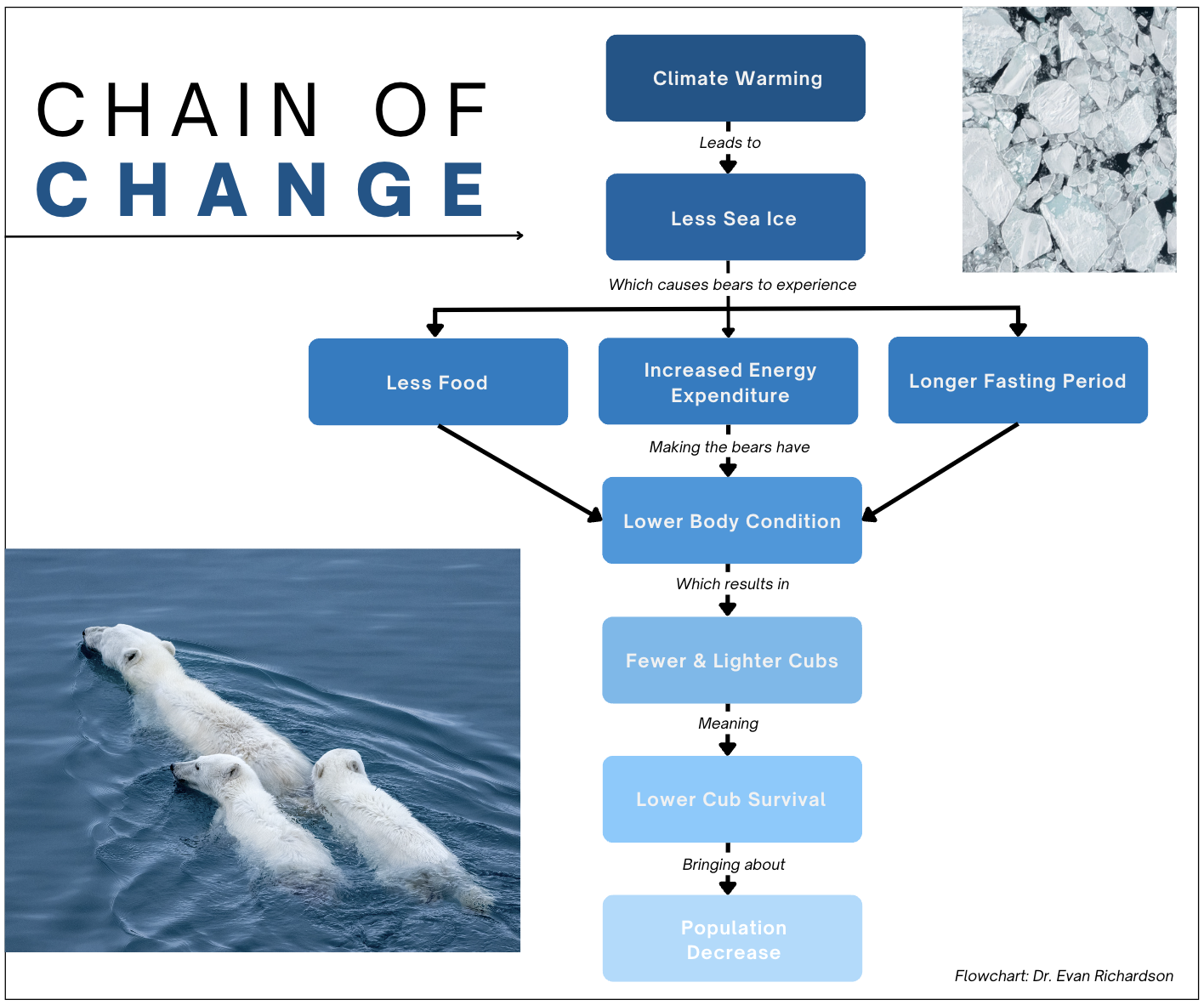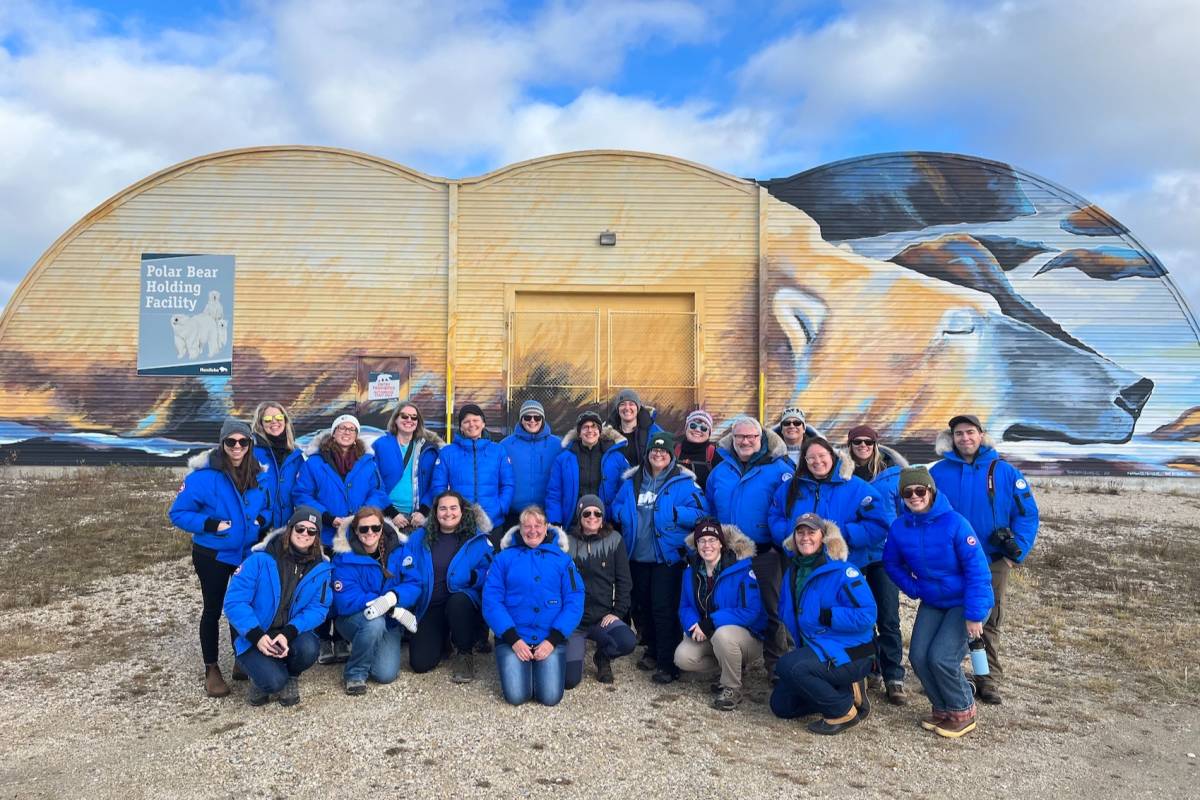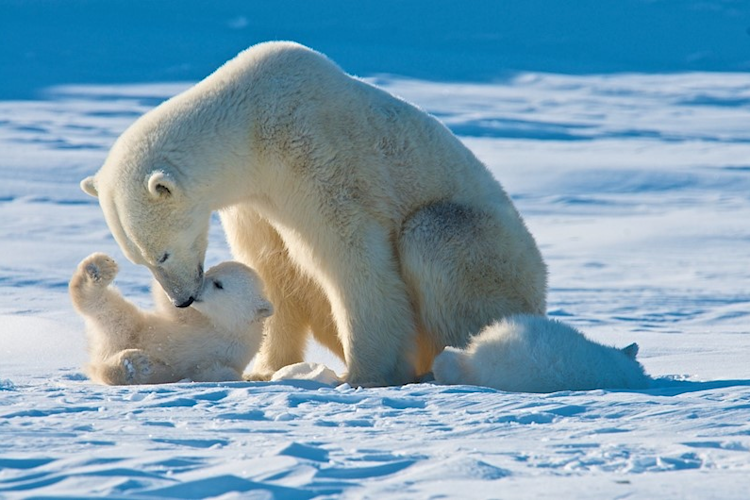Q: Before you traveled to Churchill to experience the tundra first-hand, the group took part in online training. What was that like?
The training gave us such a solid foundation! I already knew a lot about polar bears, sea ice, and climate change after working for Polar Bears International for a year, but still found the training super helpful. In addition, our friends at NNOCCI (the National Network of Ocean and Climate Change Interpretation) partnered with us on a seven-week crash course in climate communications, using tested language and messaging. The last week focused on how to pivot from climate impacts to climate solutions – which is so important in motivating people to get involved.
Q: After the training, your group met in Winnipeg, Canada, the gateway to Churchill. Can you tell us about that?
I have to confess I was a bit nervous about meeting everyone. I knew I’d be joining about 25 zoo educators from the U.S., Canada, and Europe – and that they all had zoo knowledge and a background in education. I also knew that, at 23, I’d be the youngest one there. But everyone was so kind and curious about my role at Polar Bears International, and we soon found common ground.
Meeting in Winnipeg gave us the chance to get to know each other before heading for Churchill. The Winnipeg Art Gallery-Qaumajuq has a large Inuit art collection that I really enjoyed. Another highlight was a presentation by Dr. Evan Richardson of Environment and Climate Change Canada about his research with polar bears and collaborative work with Polar Bears International. Evan used a scientific flowchart to show the impacts of climate change on polar bears. I was able to transform this into a graphic that could be used in print or on social media to help a general audience relate to and understand the nuanced science. Taking scientific concepts and finding new ways to communicate them is a major part of my job, and I shared the chart with the group as an example of how graphics can assist education and outreach efforts.

Q: From there, it was on to Churchill. Did it meet your expectations?
From the moment we got on a prop plane to go to Churchill, I felt a shift in the environment. None of us except the facilitators had been there before and we were all so excited. After landing, we headed out on one of the Tundra Buggies and spent the first two days at the Tundra Buggy® Lodge. I found it absolutely stunning to be there and to finally have a chance to experience the tundra after hearing so much about it over the past year. Out on the lodge, everyone really bonded: There we were, on a Tundra Buggy in Churchill, seeing a polar bear in the wild for the first time!




















